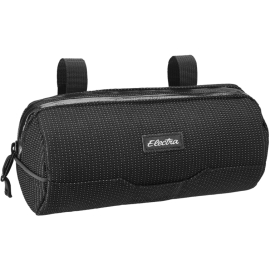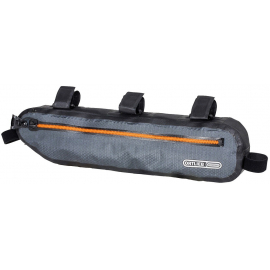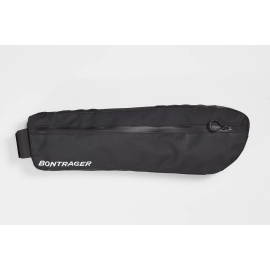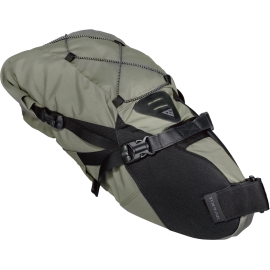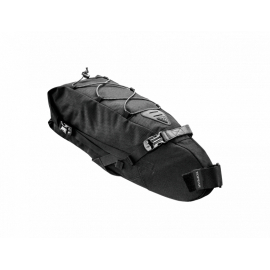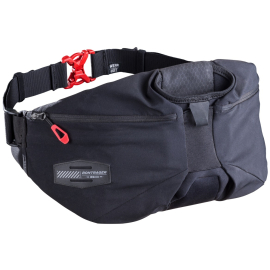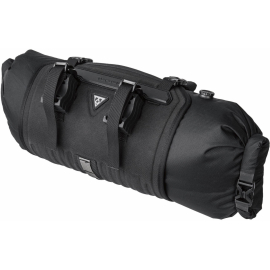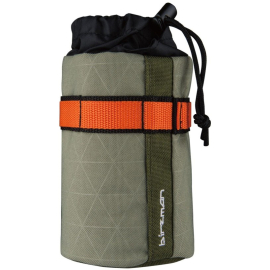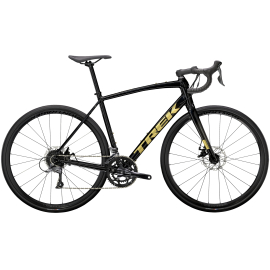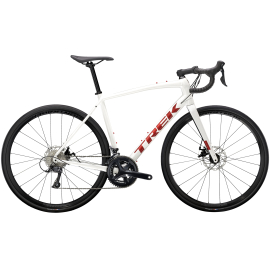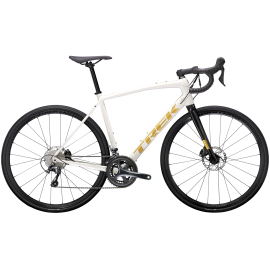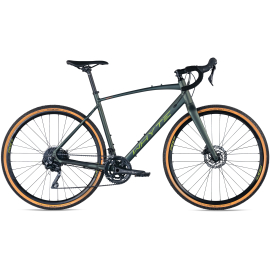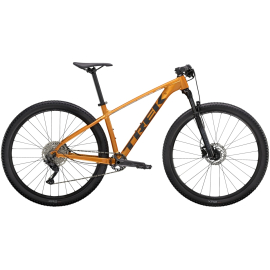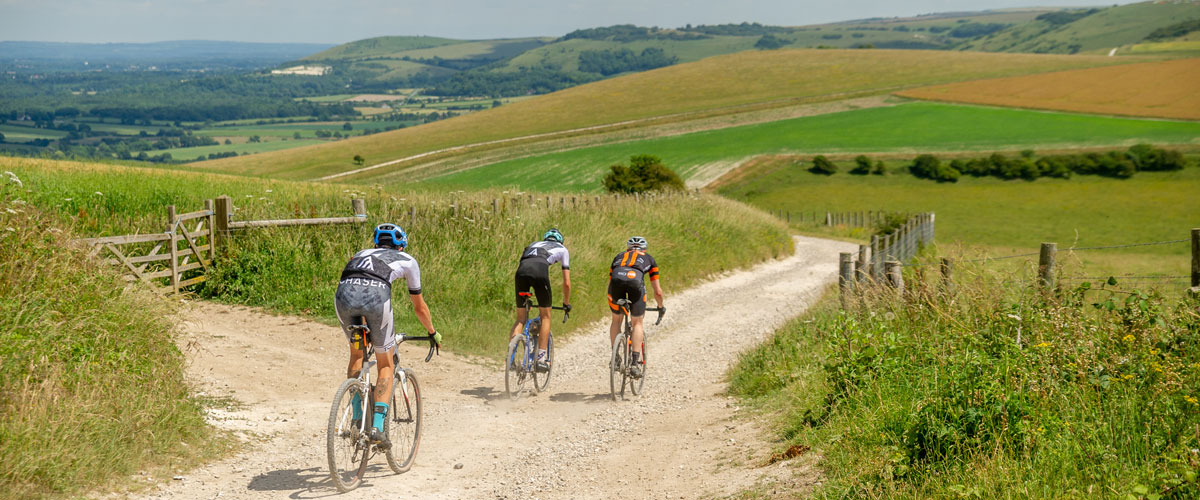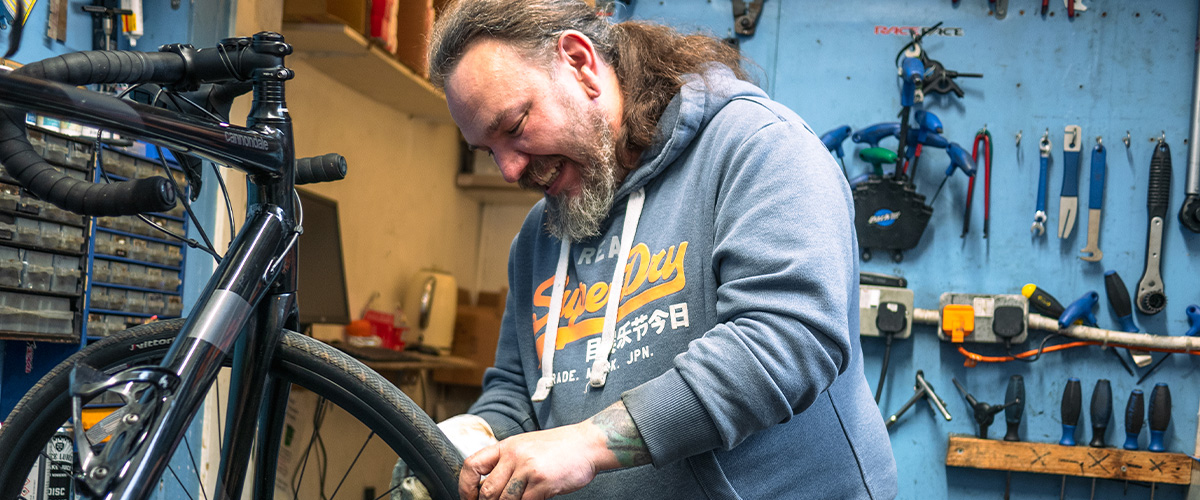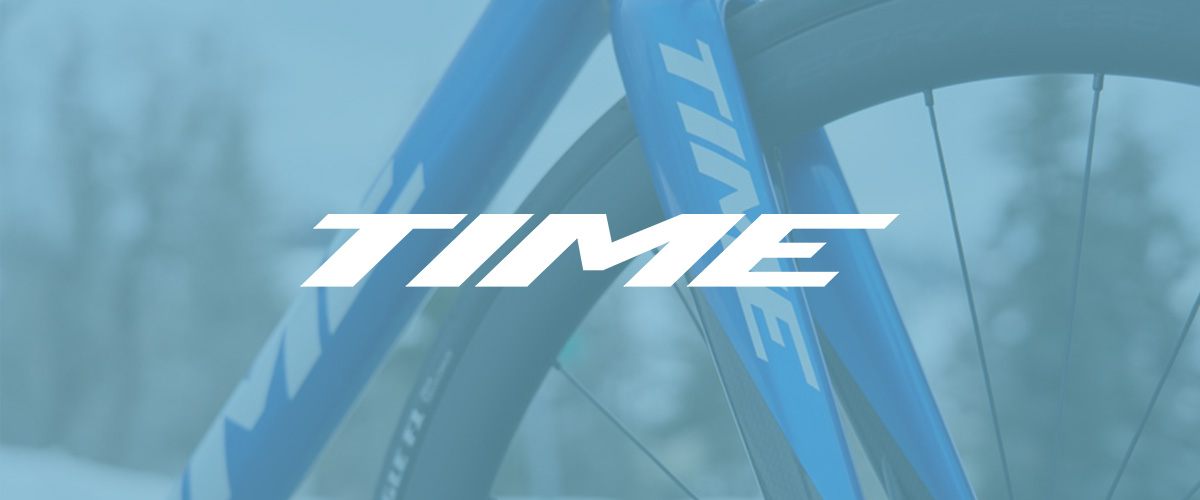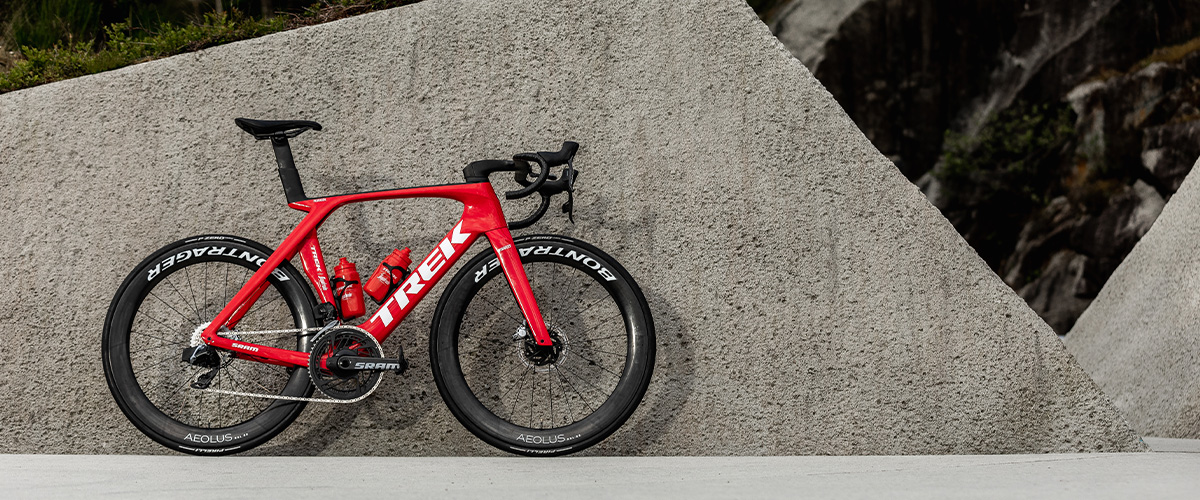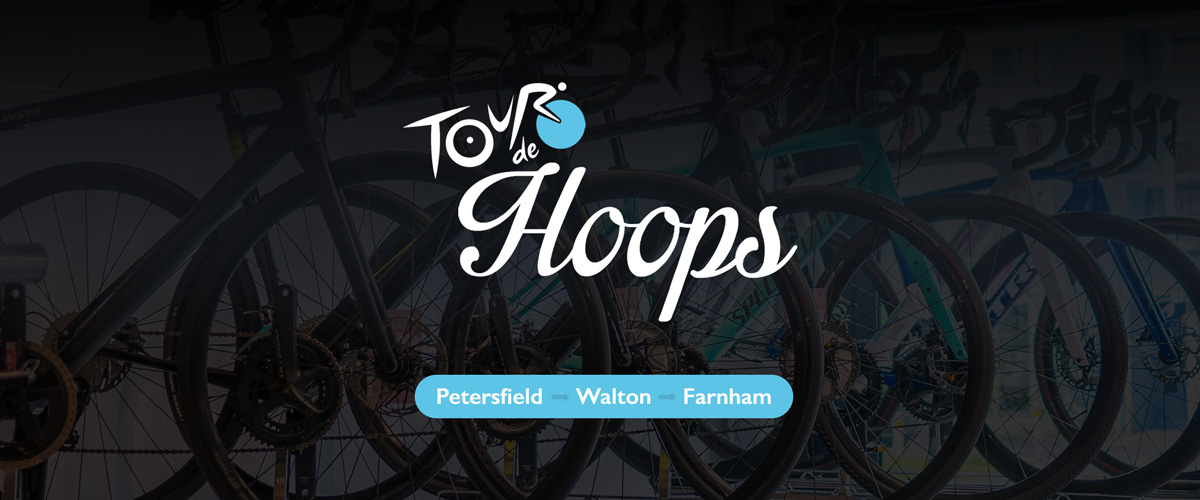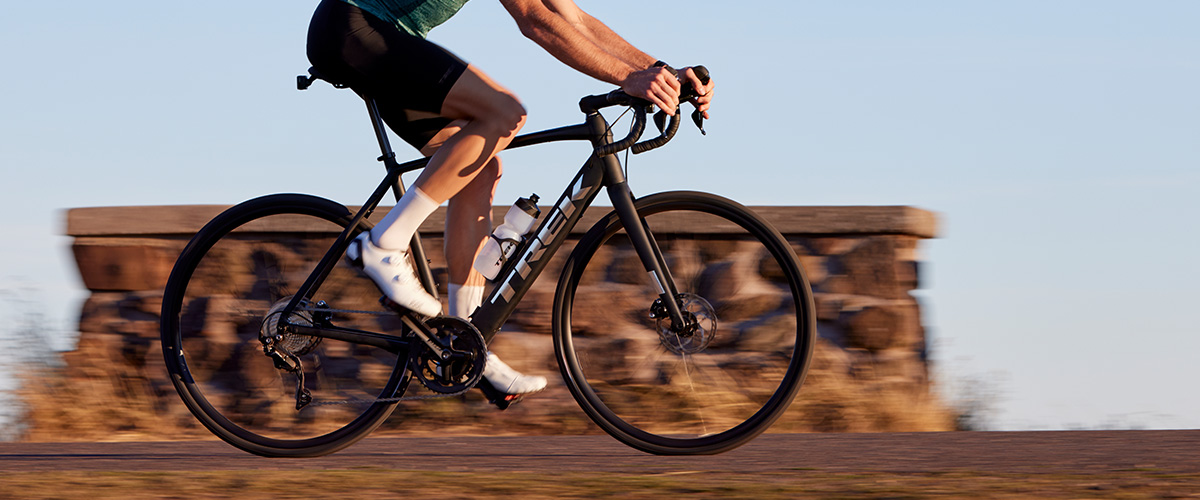Bikepacking For Beginners
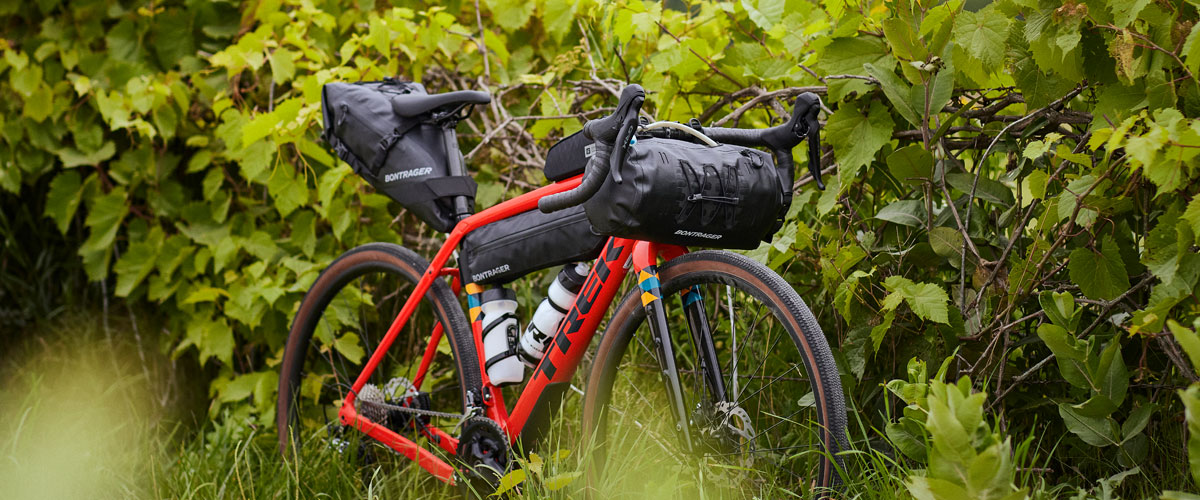
Bikepacking For Beginners
Bikepacking may seem daunting to the uninitiated, but it’s not as difficult as you might think! If you’re looking for a new way to see your local area (and beyond!), doing it on two wheels is the best way, so why not give it a try. To help you get your feet off the ground, we’ve put together some of our top tips and bits of kit that’ll put you well on your way to bikepacking success.
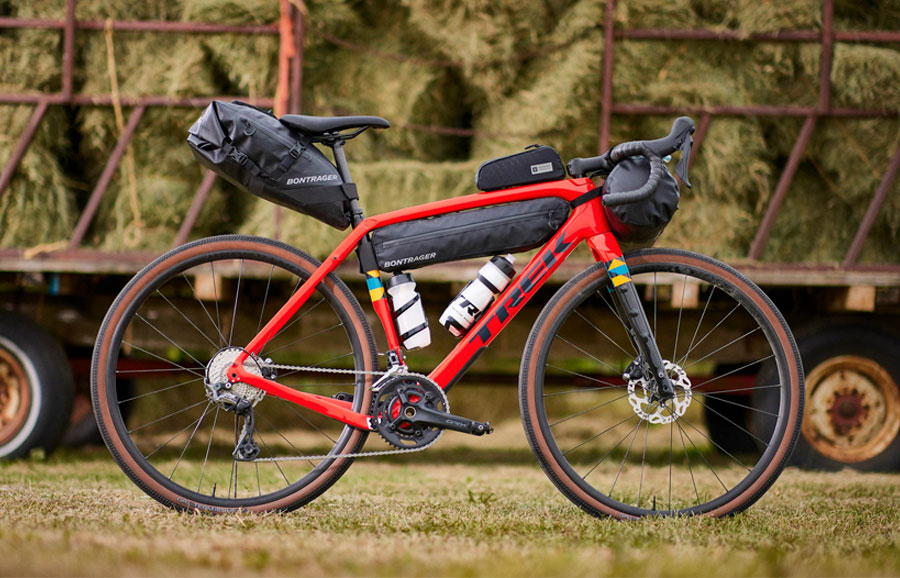
Storage Galore
Storage is crucial when it comes to bikepacking – try as you might, but that bivvy won’t fitty in your jersey pocket! However, keeping it simple and optimising your kit down to what you actually need will pay dividends after a couple of days in the saddle. Here are a few of our top on-bike storage picks:
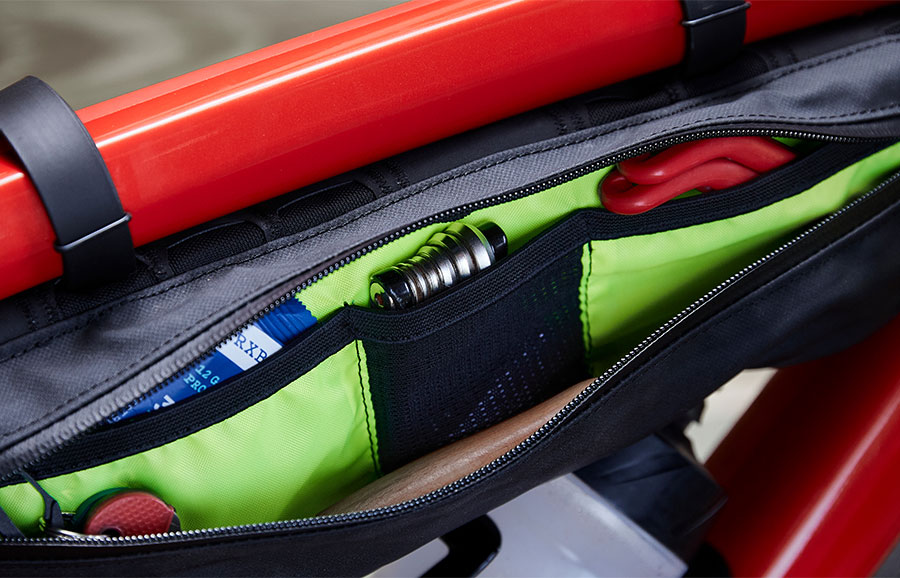
Bar Bag
Starting things off small, a bar bag is an ideal place to keep snacky food and small bits and bobs that you’ll need on the go. If you need to charge your head unit, this is the perfect place to hold the battery pack – keeping it up front means you can charge away without any cables getting in the way of your pedal stroke.
Frame Bag
There’s quite a bit of empty space in the triangles of your bike frame, so make the most of it with a frame bag! Roomier than a bar bag, they’re ideal for storing spare layers and tools that you’ll need sometimes, but not all the time.
Seat Pack
This compact storage solution is a great alternative to panniers. Providing enough space to keep your sleeping kit safe and sound, it’ll hold snug to your saddle so that the weight close to the frame for improved handling. Chances are you’ll only need to access this at the start and end of your ride, so there’s no need to worry about having it within reach.
Waist Pack
This unique bit of kit is ideal if you want to take a break from wearing a snug cycling jersey, without sacrificing precious pocket space. Keep food or valuable items (e.g. your bank card) close to hand at all times!
Trail Bike Storage
Opting for a trail bike on your bikepacking adventures will change the way you organise your on-bike storage. Dropper posts leave less room for larger seat packs, and a sloping top tube limits the amount of frame storage available.
In this case, utilising the front end for a large bar roll with a dry bag and harness system will take care of bulkier, compressable bits of kit that won’t need to be accessed all the time. For easily accessible storage, stem bags are a great way to keep things close to hand – thanks to the longer top tube typically found on MTBs, these bags won’t interfere with your pedal stroke.
Finding The Right Bike
Chances are that if it’s got two wheels, you’ve already got a bike that’ll get the job done – that’s the beauty of rackless bikepacking bags! All of the options mentioned above will fit any bike.
However, as with any discipline, there are tools that are made for the job. Since the majority of bikepacking routes around our stores will involve tarmac at some point, our go-to’s tend to be rigid bikes with drop bars, enabling you to cover ground but still enjoy the off-road sections. For the ultimate bikepacking machine, versatility is key – as a rule, there are three things to look out for:

- Endurance Geometry – back-bending aero positions aren’t necessary on multi-day trips, something slightly more upright and comfortable that’ll keep you turning the legs over hour after hour will be significantly more efficient.
- Smooth Ride Quality/Compliance – whilst you might not notice it so much on shorter rides, bumps and vibrations from the road surface can take their toll on contact points or back and shoulders. A bike that smooths out the road goes a long way.
- Tyre Clearance – not all surfaces are made equal and sometimes you might head off the beaten path (whether you intended to or not!), in which case it’s best to be prepared. Bigger tyres mean lower pressures and more contact with the road, therefore more comfort and more grip!
Our Favourites
'Versatile Roadie' – Trek Domane AL
The Domane isn’t your typical endurance roadie, originally developed on the Belgian cobbles and now capable of wearing several hats. Tyre clearance up to 38c accommodates chunkier tyres suitable for gravel riding and broken roads, and additional mounting points make way for additional bottles, bags and mudguards.
'Gravel Grinder' – Whyte Dean V2
Lending itself to offroad riding, this gravel bike is right at home off the beaten path without sacrificing speed on the tarmac – it’s an excellent all-rounder and offers excellent value for money. There’s no shortage of mounting points on the Dean, making it a top choice for multi-terrain trips.
'The Wildcard' – Trek X-Caliber 7
Typically associated with the trails, the X-Caliber is just as comfortable on big adventures, churning out the miles. Mounting points at the rear for a rack means there’s plenty of storage space, more than enough room to pack your favourite pair of socks. The X-Caliber certainly has no shortage of tyre clearance, up to 27.5x2.80" or 29x2.40", combined with a 120mm travel suspension fork that’ll make short work of any terrain you can throw at it.
Survival Tips
Now you've got the kit sorted, it's time to roll out on a new adventure. Here are some of our top tips for completing your first bikepacking trip without a hitch!
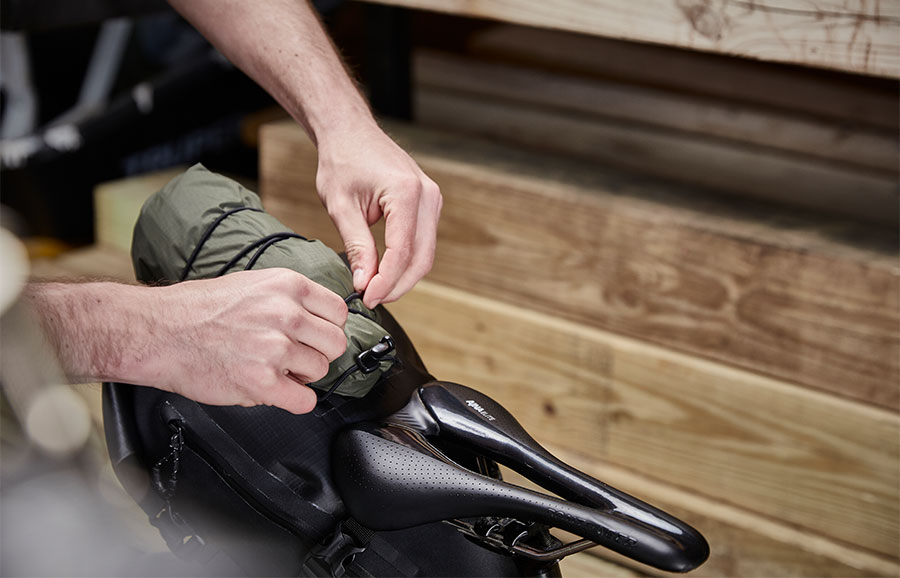
Avoid Overpacking
Cramming as much as possible into your bags isn’t only going to weigh you down, but it’ll make organisation an absolute nightmare pre- and post-ride. If you’re riding in the UK you’re never going to be far from resources, whether that’s a service station or a taxi, so try to be frugal with your space.
Take Spare Clothes
The one thing you won’t be able to get extra of at 9pm is clothes! There’s no need to take the whole wardrobe, but it’s worth having a pair of bibs, socks and baselayer – anything that makes direct contact with skin – as well as off-the-bike layers to keep you warm. If you’re debating whether to take that down jacket, just take it!
Layers On Layers
Whilst on the topic of clothing, removable layers are key to managing your body temperature. If you’re too hot or too cold, chances are you won’t be very comfortable.
Drink, Drink, Drink!
It’s easy to forget to take on fluids when the temperature isn’t exactly tropical and you’re taking things steady, but staying hydrated will make a huge difference to performance in the long run. Take advantage of extra bottle mounts and keep refilling!
Comfort Food
If there was ever a time to treat yourself, cresting the top of a hill with 10kg of kit on your bike is that time! If you fancy Percy Pigs, eat those Percy Pigs! (other sweet treats are available!) – pack them in plastic baggies or tin foil to save space.
Charging
The last thing you want is for your GPS and phone to run out during your ride, leaving you stranded in the middle of nowhere. Keep things topped up with a portable charger stowed away in your bar bag. (Solar-powered chargers are great on sunny days)
Leave No Trace
Respect nature and nature will respect you – always thoroughly clean up after yourself when camping.
